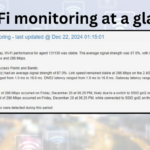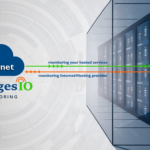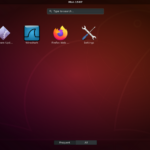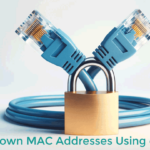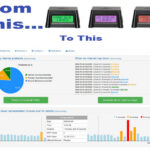Sure but today, it’s really up to the consumer to make the case and you need to know how to prove your case. Can you? Your provider will likely try talking you into upgrading to a higher speed plan. You’ll probably be told that you are using up your allotted speed and need more and that may or may not help.
This is a tough subject/question because as mentioned in another question, it’s hard to answer without more details on why you think you need better speeds.
When most people think their Internet service seems slow or sluggish, they use well known speed test sites but the results usually show otherwise. Why is that?
How do you know you need more speed?
What tests have you run? What are the signs of lack of speed? Do you know if the speed issue is with your provider or with the destinations you are trying to reach? Maybe you have a problem with a device at your location? Is your router, firewall or modem firmware/software up to date?
The industry suggests that 4K streaming can peak at around 25Mbps while HD is around 5Mbps. Not much other than streaming and large file transfers will take up all your bandwidth so it should be easy to know if you have plenty or not.
If you do and it still seems that Internet access is slow and sluggish, it is possible that others in the area are experiencing the same. It’s possible that the local provider has over-sold and doesn’t have enough bandwidth to handle all of those 200Mbps services that your neighbors are using at certain times of the day.
However, are any of your neighbors able to use up that much bandwidth? Not likely.
Keep in mind that your speed is guaranteed to the street and from that point, it’s what is called Best-effort_delivery. You will find something along the lines of ‘up to’ in terms of speeds on your bill, web site agreement etc. The ‘up to’ part means your speed may go up to what ever you are paying for but it doesn’t guarantee that it will be constant.
You can pay extra for Service Level Agreement (SLA) based connections if your provider offers it but expect to pay a lot more.
This question truly requires more input in terms of usage but let’s just stick with slow, sluggish for what ever reason.
Consumer speed testing, useful or not?
Speed testing is kind of a joke. It isn’t accurate unless there is a problem with your hardware or in your own area. Speed testing sites have become popular mainly because it’s all consumers have and the industry has taken advantage of that.
NetFlix created FAST .com because their customers were complaining about and blaming them for slow streaming. People tend to blame the service they are trying to use before their own Internet service. NetFlix understood that they needed a way to shift that blame to awareness. However, FAST.com is CDN based just like all of the others.
Speed testing against highly optimized CDN networks
The fact is that speed test services are on Content Delivery Networks (CDN) which are high speed caching and distribution networks meant to speed up delivery of streaming and other content that needs to be fast.
The speed testing tools are also on the edge of the providers networks so you’ll almost always see good speeds unless there is something really bad happening in your area.
Can you actually speed test over the Internet?
Sure but it’s not going to be a true measure of the result.
There is no real way of testing speeds over the Internet unless you have a dedicated line from point A to point B. Even if you test against a well known site, you aren’t testing point A to B because your traffic or packets will flow across many switches owned by different network operators before getting the point B.
The Internet is made up of many different networks and when you connect to anything on the Internet, your connection (packets) flow across a fair number of networks which you nor the destination control, therefore, speeds will always vary.
What can you do?
The only way to truly know how your connection and provider are performing is to monitor so that when there are problems, they are logged and you can clearly see what is going on.
Over time, you will start seeing a trend. You should be able to tell if the problems are at your own location or with your provider. Note that outage sites will not usually show problems in your own area and usually large outages. Most problems are actually in your own neighborhood and with your own provider.
Armed with information, you’ll have a better chance of getting help from the provider especially if others in the area are seeing the same problems.
OutagesIO offers exactly that, automated Internet and provider monitoring and with a low cost upgrade, provides automated speed testing along with a variety of additional tools.
Try it, it’s free to use and runs on Windows, Linux, Raspberry and other devices.


